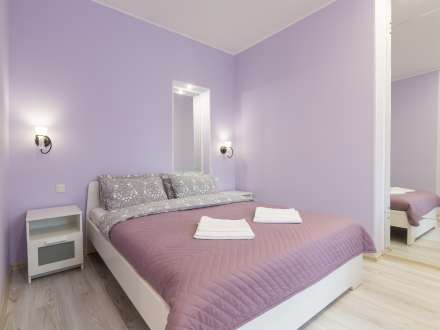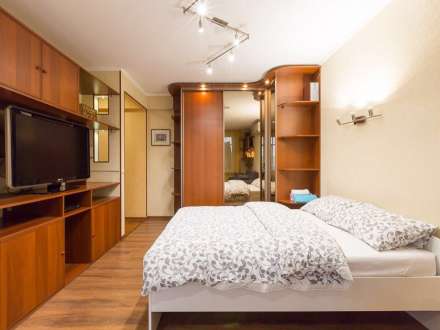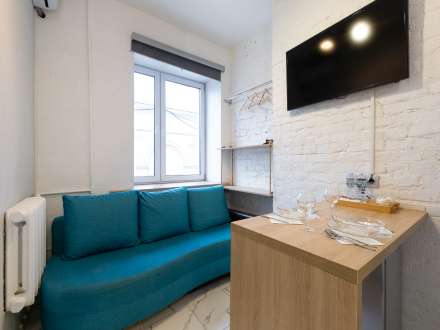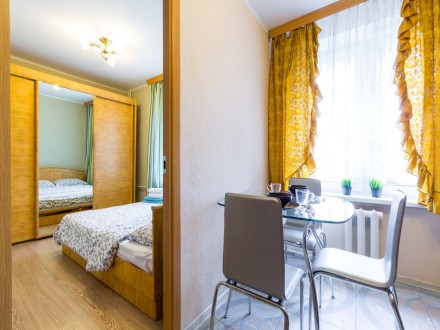Museum of Fine Arts named after A.S. Pushkin
The initiative to open a museum of foreign art belonged to Professor of Moscow University Ivan Tsvetaev, father of the future poetess Marina Tsvetaeva. At first, the museum was conceived as an educational institution to illustrate the development of art from ancient times and the Middle Ages to the Renaissance.
Today the museum is an object of cultural heritage of the country of federal significance. It occupies a neoclassical building, reminiscent of an ancient temple.
Museum Development Stages
The opening, which took place in 1912, was visited by Emperor Nicholas II and representatives of his family. Although an unverified legend says that the very first visitor was an ordinary stoker who asked Tsvetaev for permission to see the halls prepared for the celebration.
The museum was very popular, at least 700 people visited it a day, including students, representatives of the clergy and the intelligentsia.
After the revolution, the institution went through difficult times, but the museum not only survived, but also replenished its expositions. During the war, art collections had to be evacuated to Siberia.
In the postwar period, the Pushkin Museum became one of the cultural centers of the capital and the whole country. In its halls, exhibitions of works by Pablo Picasso, paintings from the collection of the Metropolitan Museum of Art in New York, works of art by avant-garde artists were regularly held. In 1974, the “Gioconda” Leonardo da Vinci.
Museum today
Today, the Pushkin Museum presents four types of expositions:
casts of ancient and medieval sculptures;
original works reflecting the era of ancient civilizations;
art canvases by masters of the 8th & 20th centuries, from Botticelli and Perugino to Picasso, Gauguin and Matisse;
private collections department - includes works of art from private collections.
The collections are also represented by collections of graphics and numismatics.
In total, the museum's assets include over 650 thousand works of art, of which only 1.5% is presented to the general public. Lectures, thematic concerts, master classes, quests, scientific events are regularly held here.
The museum has free visiting days for pupils, students, children from large families, other privileged categories of the population, and conditions for people with disabilities have been created.








